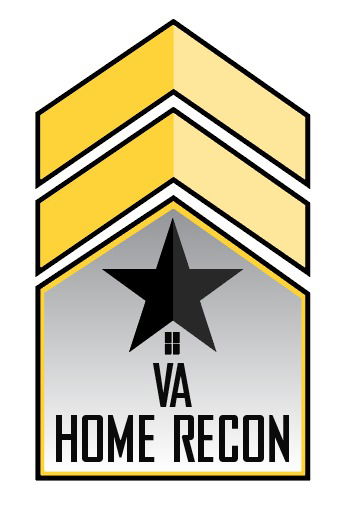VA Construction Loans: How to Build a Home with a VA Loan

Building your dream home is a possibility with a VA home loan. But it isn’t always an easy road.
This no-down payment program allows qualified borrowers to use their VA loan entitlement to obtain a mortgage for new construction. The VA basically insures loans, but it’s up to individual VA-approved lenders to determine what kind of loans they’ll issue.
What’s increasingly common is that veterans secure a construction loan from a builder or a local lending institution. As the homebuilding process wraps up, qualified borrowers can turn that short-term construction loan into a permanent VA mortgage.
Getting Construction & Land Loans
Getting a traditional construction loan often requires a down payment, although it may be possible to recoup that in some cases. There are also restrictions about using the VA loan to purchase land. Borrowers cannot use a VA loan to purchase unimproved land with the goal of one day building a home on the site.
Veterans and military members who own the land they want to build on may be able to use any equity they have toward down payment requirements for construction financing. Veterans who don’t already own land can often include the purchase of it in their overall construction loan.
It’s important to understand that construction loans are short-term loans. That means it’s imperative to start working on the permanent financing as early as possible.
Permanent VA Financing for Construction Loans
Veterans and military members hoping to turn their construction loan into a permanent VA mortgage will need to meet the same underwriting guidelines as a veteran purchasing an existing home, from credit scores and debt-to-income ratio to residual income and more. From an underwriting perspective, there’s little difference between a VA purchase and a VA Cash-Out refinance.
The home will need to be constructed by a builder with a valid VA builder ID. These aren’t hard to get, and it’s even possible for veterans to build the home themselves. Builders will often need to provide a one-year warranty.
VA appraisals are required even for new construction, but the appraiser may be able to base the appraisal on the home’s plans and specifications, with a final inspection to follow once the home is actually built.
These are just a few reasons why it’s important to talk with a VA lender at the beginning of the process. Lining up a construction loan is a critical step, but you’ll need to be able to turn that short-term loan into a long-term mortgage once the home is built. That’s not something you want to wait to explore.
In summary, it is absolutely possible to use your VA loan benefits for new construction. But the process isn’t always simple or straightforward, and some buyers may need money for a down payment to get things moving.




